Mining and Agriculture in Africa
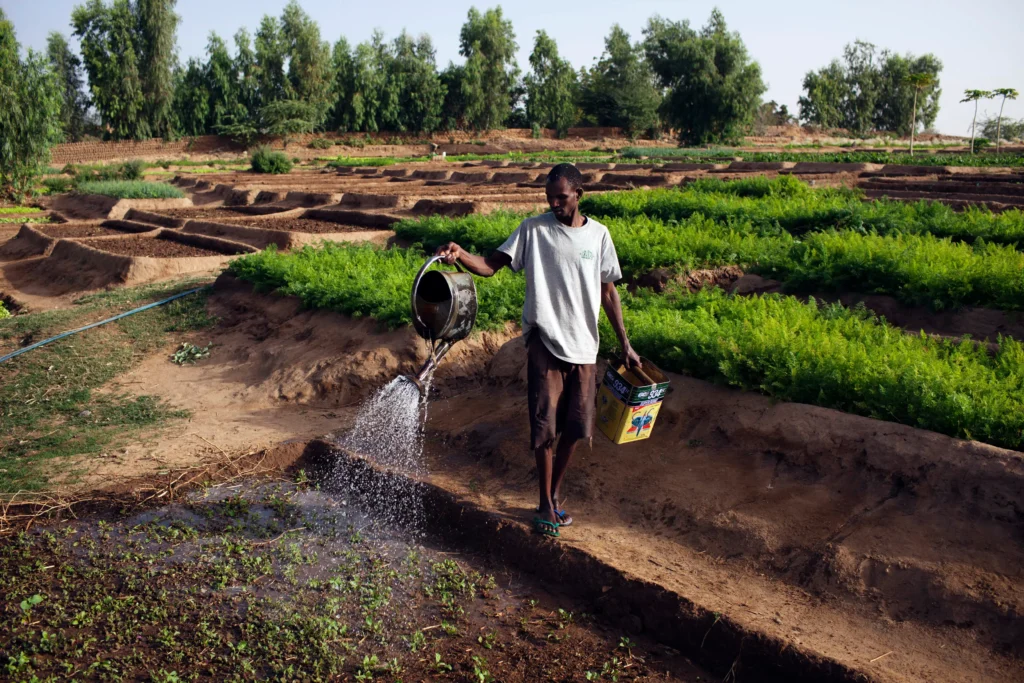
Mining and agriculture are two of the most vital sectors in Africa’s economy, each providing livelihoods for millions and contributing significantly to national GDP and export earnings. However, as both sectors expand, they often compete for land, water, and community resources, leading to complex social and environmental dynamics.
Here’s a concise overview of mining and agriculture in Africa, their interplay, challenges, and potential for sustainable coexistence.
1. Economic Importance of Mining and Agriculture
| Sector | Key Contributions |
|---|---|
| Agriculture | Employs over 60% of Africa’s workforce; major source of food and income, especially in rural areas |
| Mining | Generates significant export revenue and foreign investment; key supplier of gold, cobalt, lithium, copper |
Both sectors are central to economic development, yet they operate under different pressures and timelines.
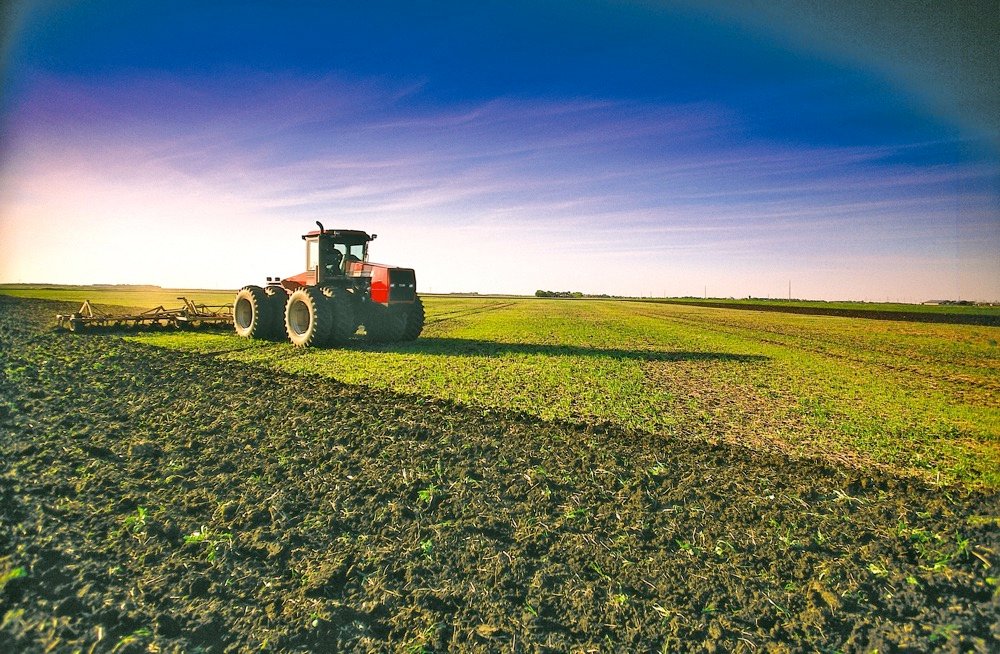
2. Land Use Conflicts
As mining expands into rural areas, it often overlaps with agricultural land, leading to:
- Land displacement – Farmers lose access to fertile soil
- Water competition – Mining consumes large volumes of water needed for irrigation
- Soil and water pollution – Runoff from mines can contaminate farmland and rivers
These conflicts are common in countries like Ghana (gold mining), DRC (copper-cobalt), and Zimbabwe (platinum-lithium).
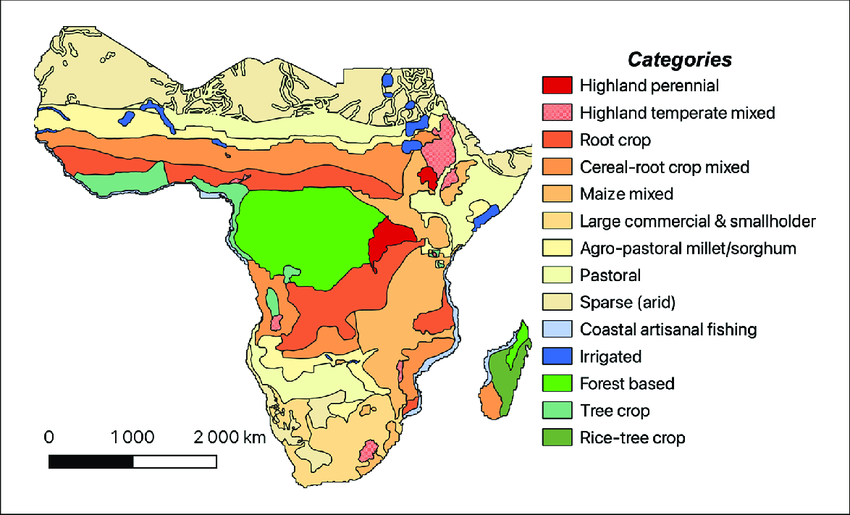
3. Environmental Impact on Farming
Mining activities can degrade agricultural productivity through:
- Deforestation and topsoil removal
- Heavy metal contamination (e.g., mercury in artisanal gold mining)
- Reduced groundwater levels due to dewatering of mine shafts
In some cases, farmland becomes unusable for years after mining operations cease.
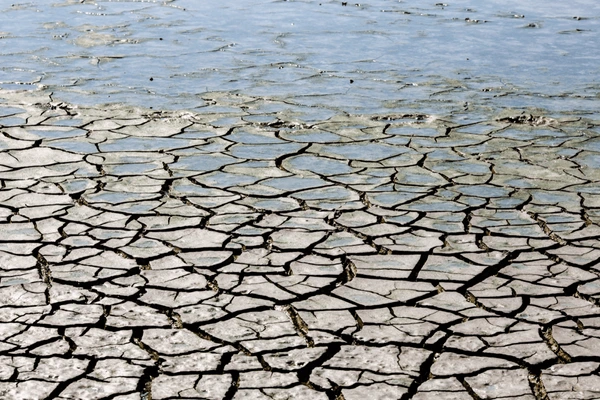
4. Opportunities for Synergy
Despite tensions, there are opportunities for integration and shared benefits:
- Infrastructure development: Roads, power, and water systems built for mines can benefit nearby farms
- Corporate Social Responsibility (CSR): Some mining companies support agricultural training, irrigation projects, and cooperatives
- Land reclamation: Post-mining land can be restored for re-agriculturalization or agroforestry
- Local procurement: Mines sourcing food supplies from local farmers boost rural economies
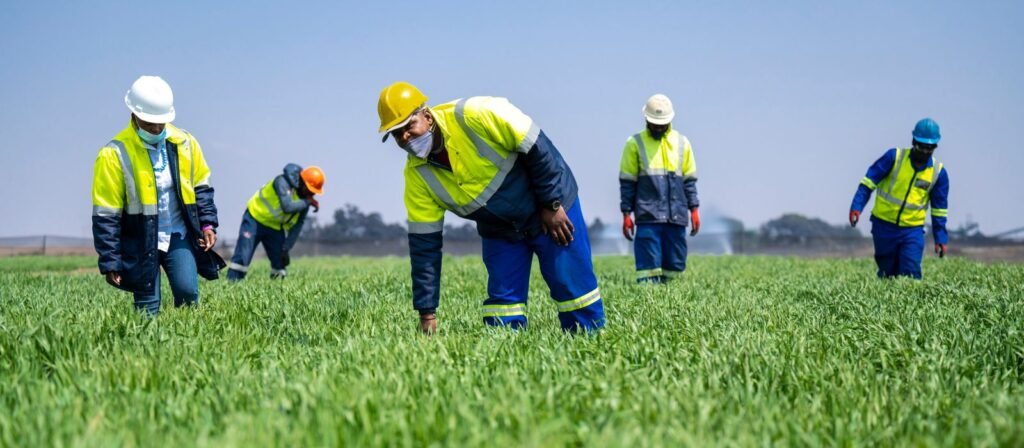
5. Government and Policy Role
Governments play a key role in balancing both sectors by:
- Enforcing environmental impact assessments (EIAs) before mine approvals
- Ensuring fair compensation and resettlement plans for displaced communities
- Promoting integrated land-use planning that protects prime agricultural zones
- Supporting sustainable mining practices and rural development programs

FAQs
Q1: Do mining and agriculture compete in Africa?
A1: Yes, especially for land and water, which can lead to conflict in rural mining regions.
Q2: Can mining help agriculture?
A2: Yes—through infrastructure, job creation, CSR programs, and local food procurement.
Q3: Which African countries face mining-agriculture conflicts?
A3: Common in Ghana, Mali, DRC, Zambia, and South Africa, where mineral-rich areas also support farming.
Conclusion
While mining and agriculture in Africa often compete for resources, thoughtful planning and responsible practices can turn conflict into cooperation. By prioritizing sustainability, community engagement, and inclusive development, both sectors can thrive together and support Africa’s long-term economic growth.

